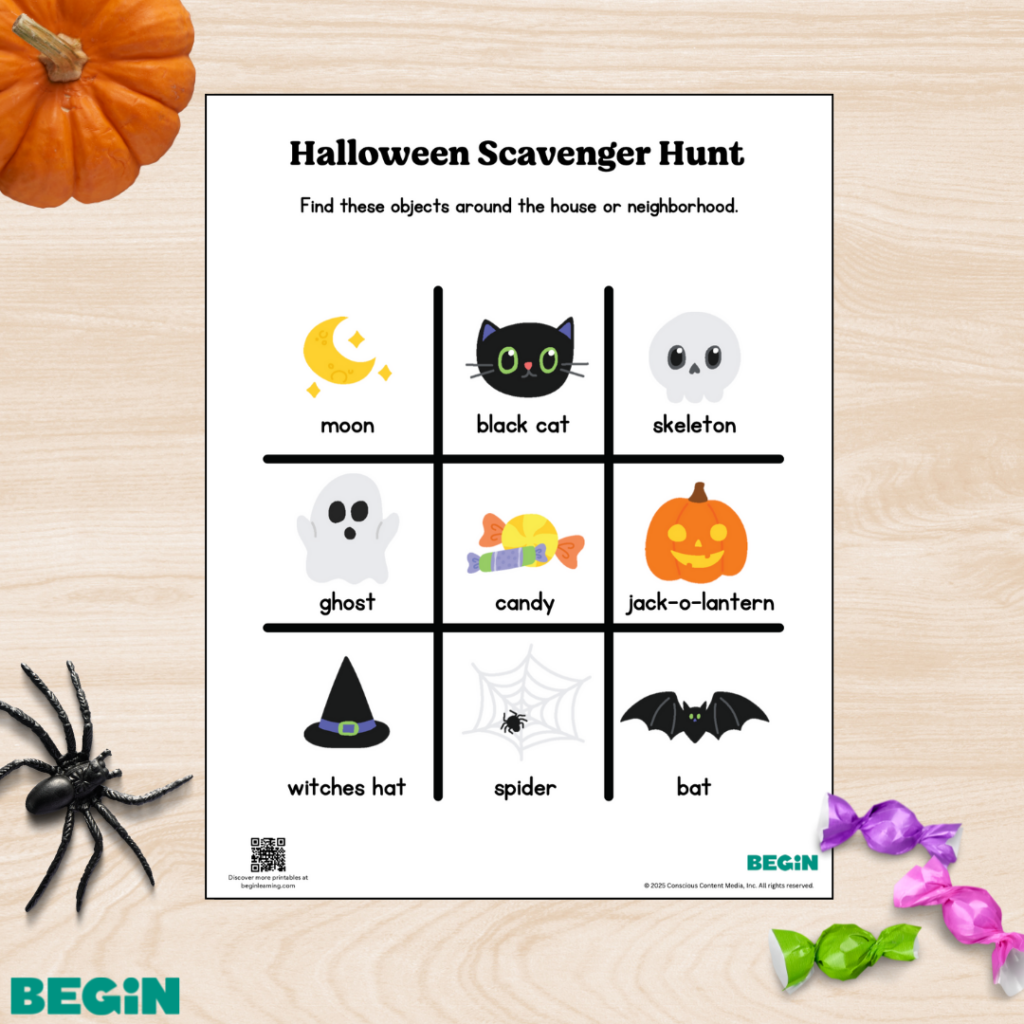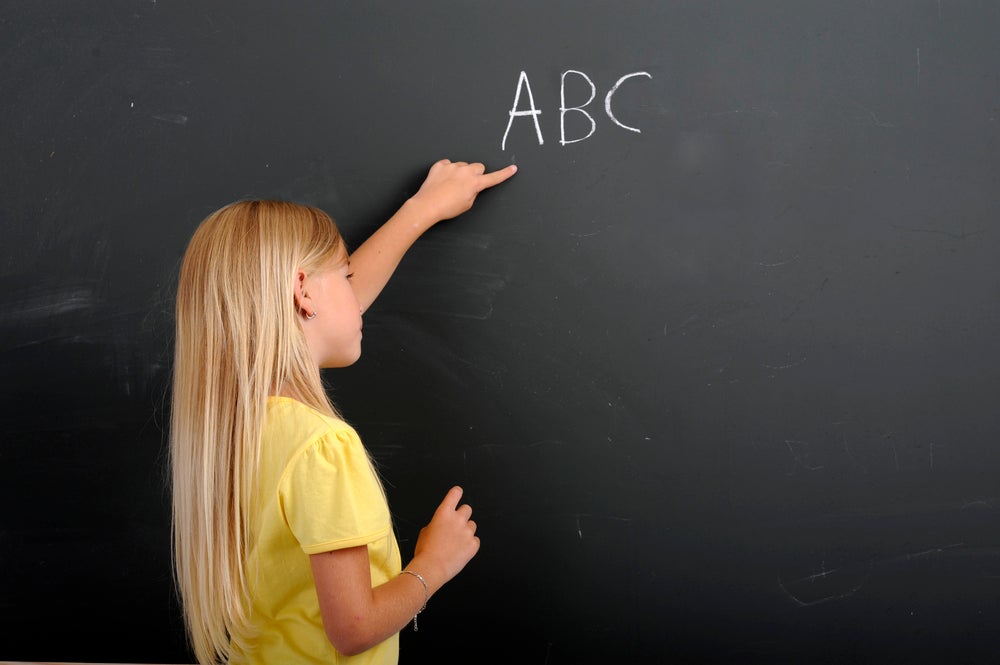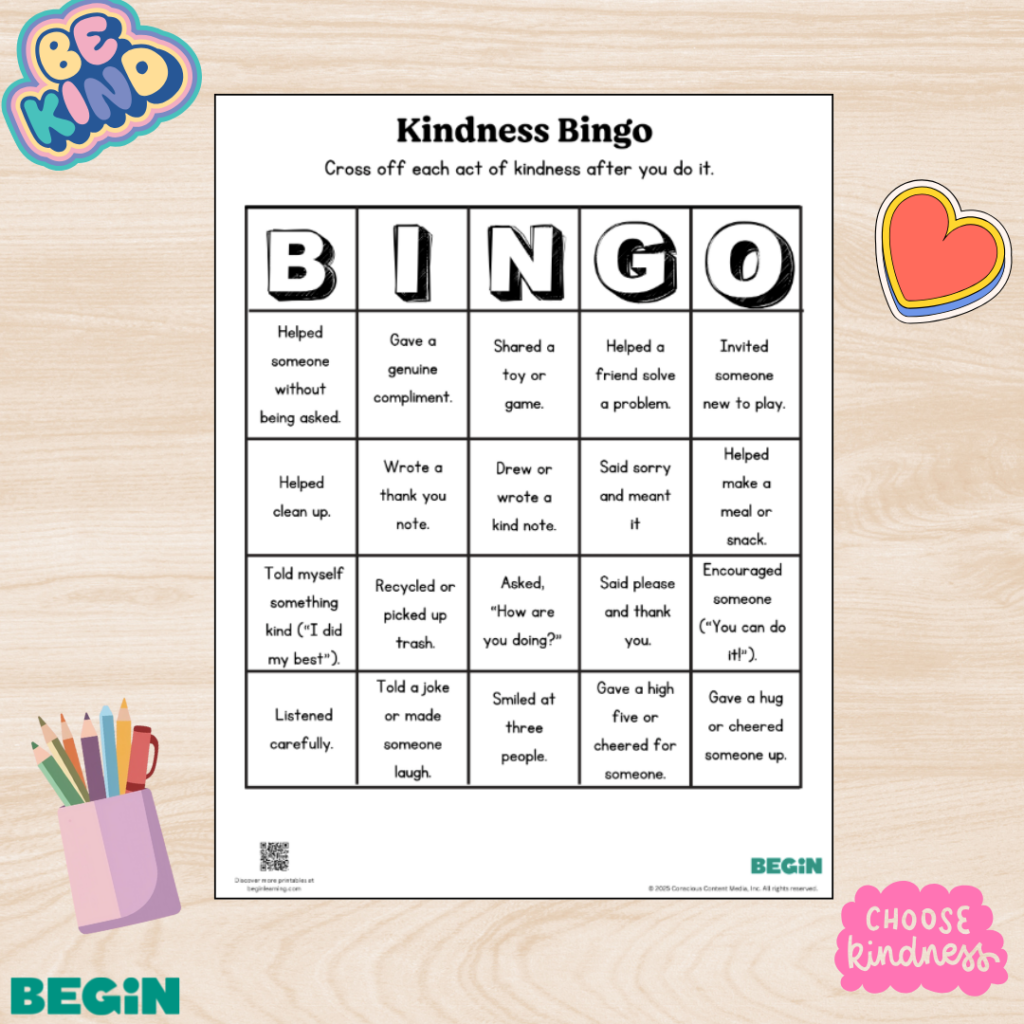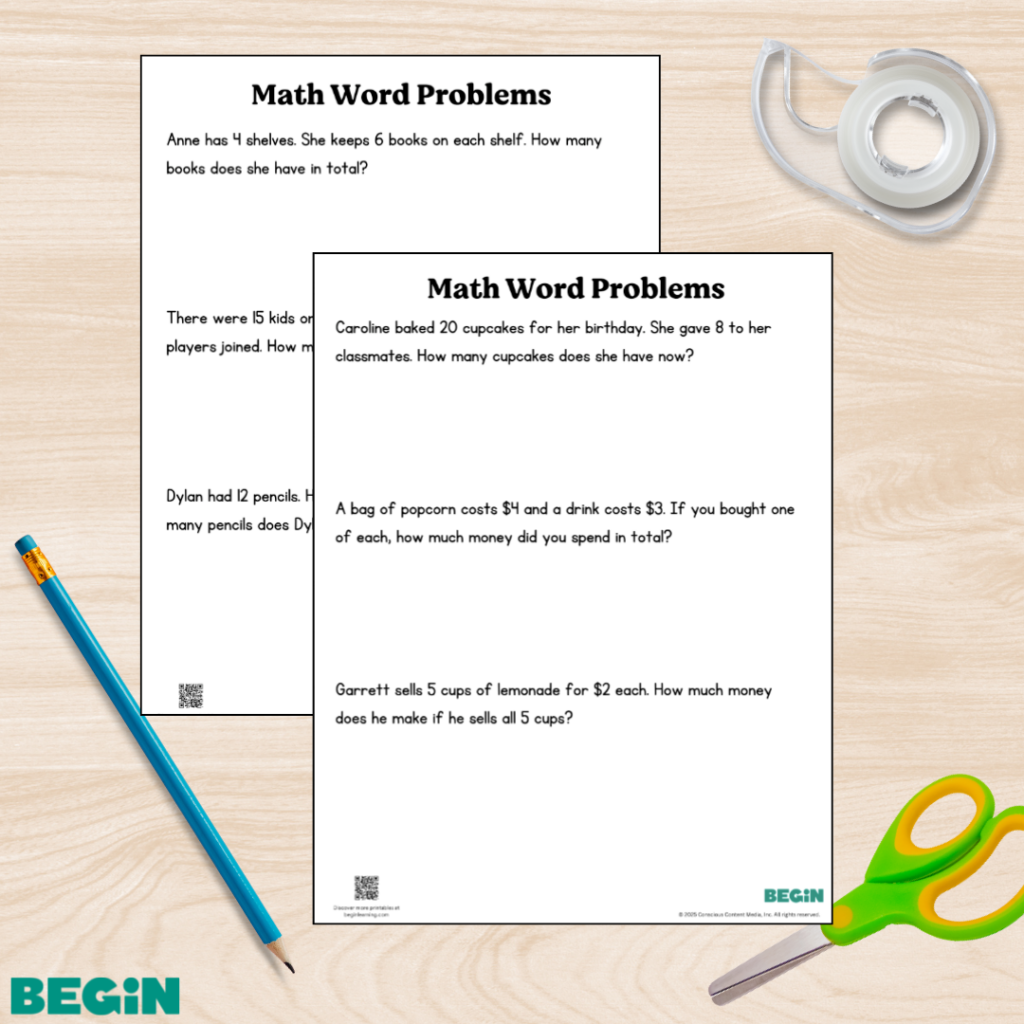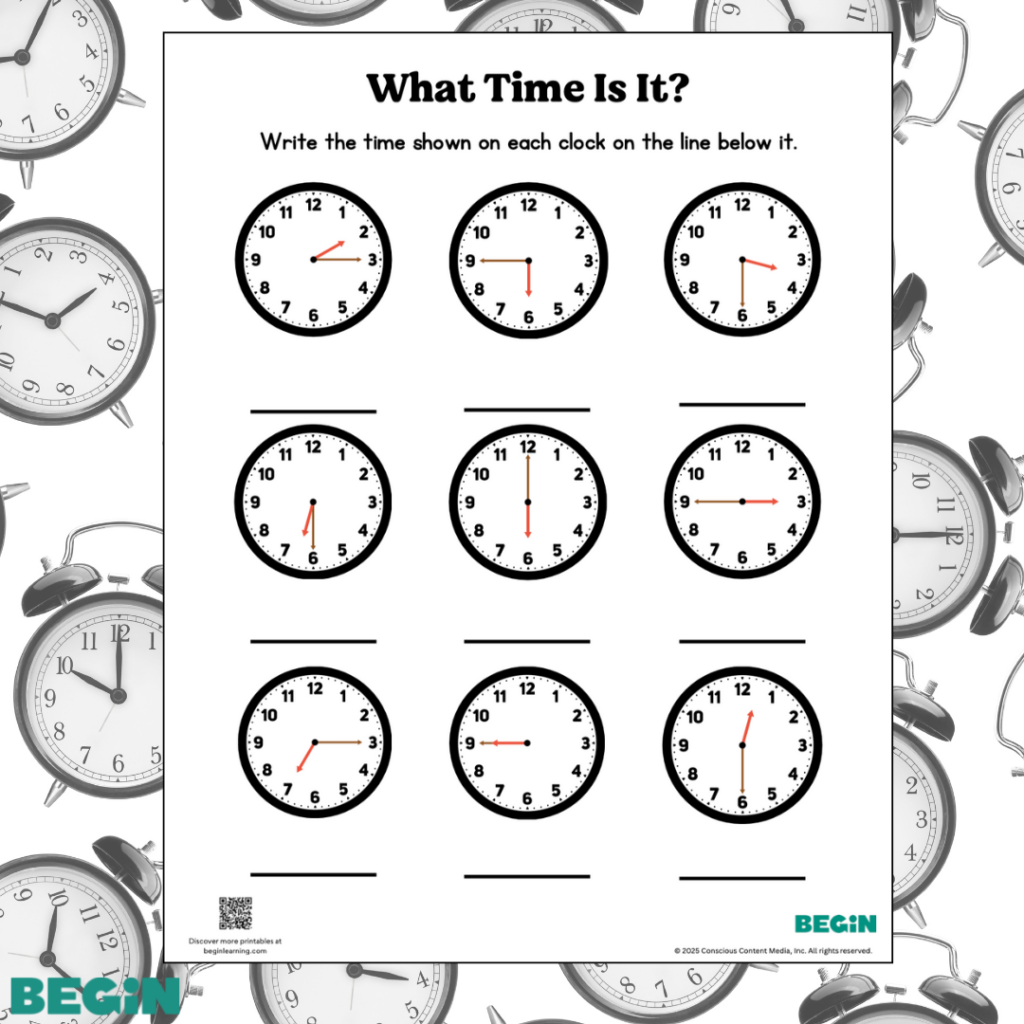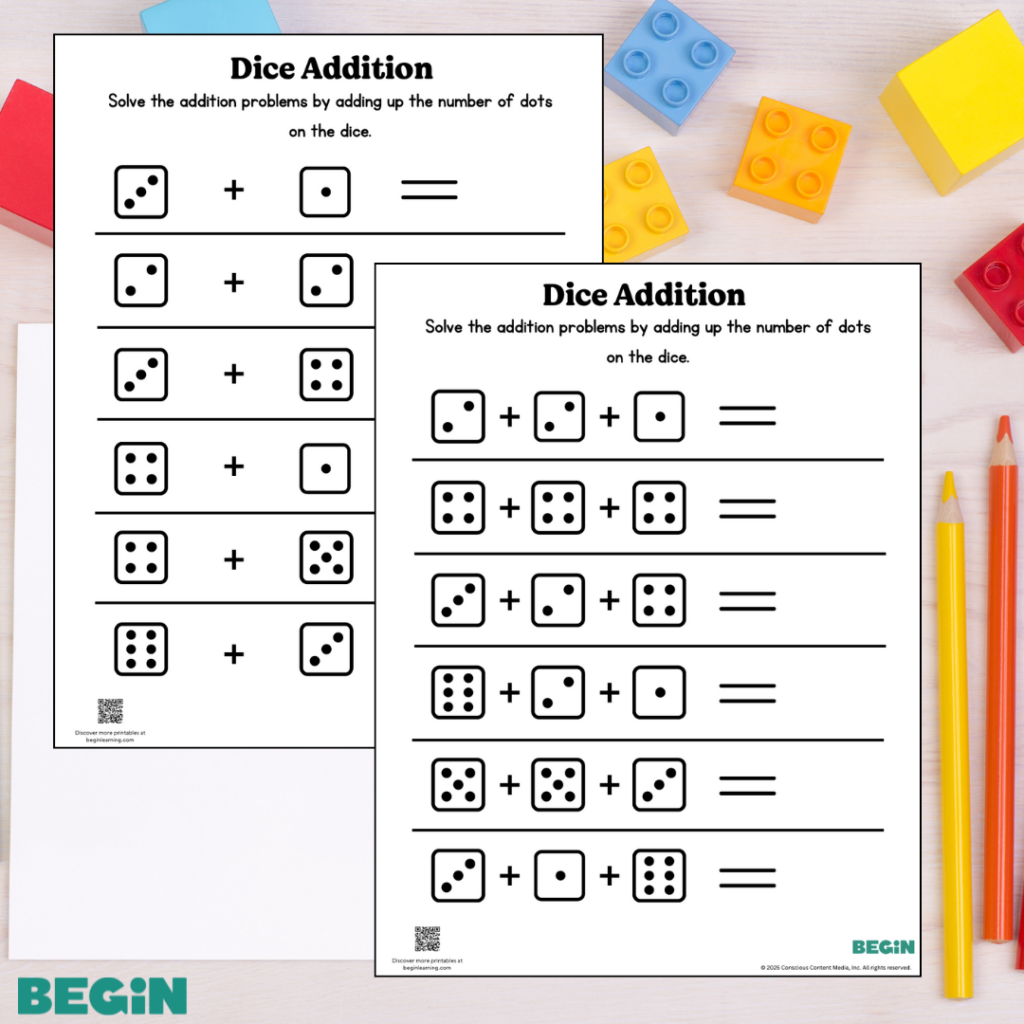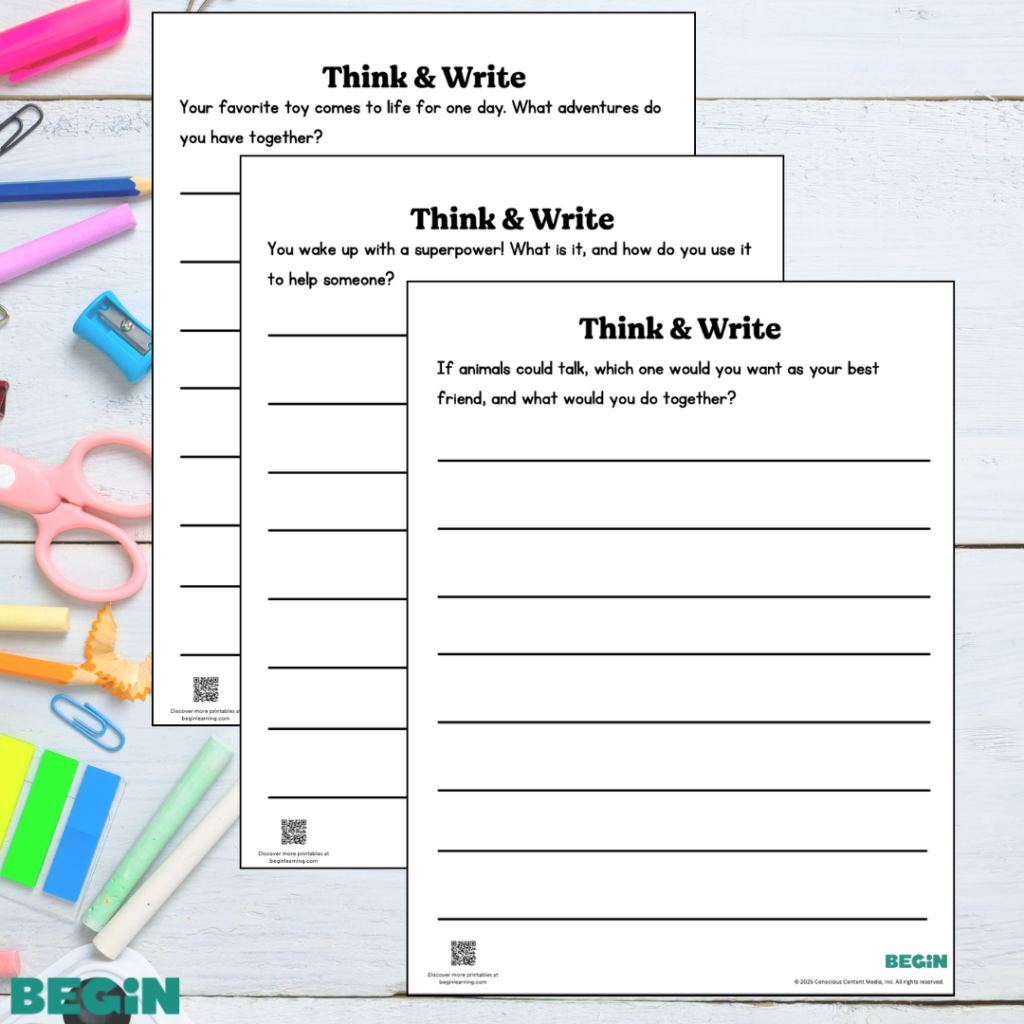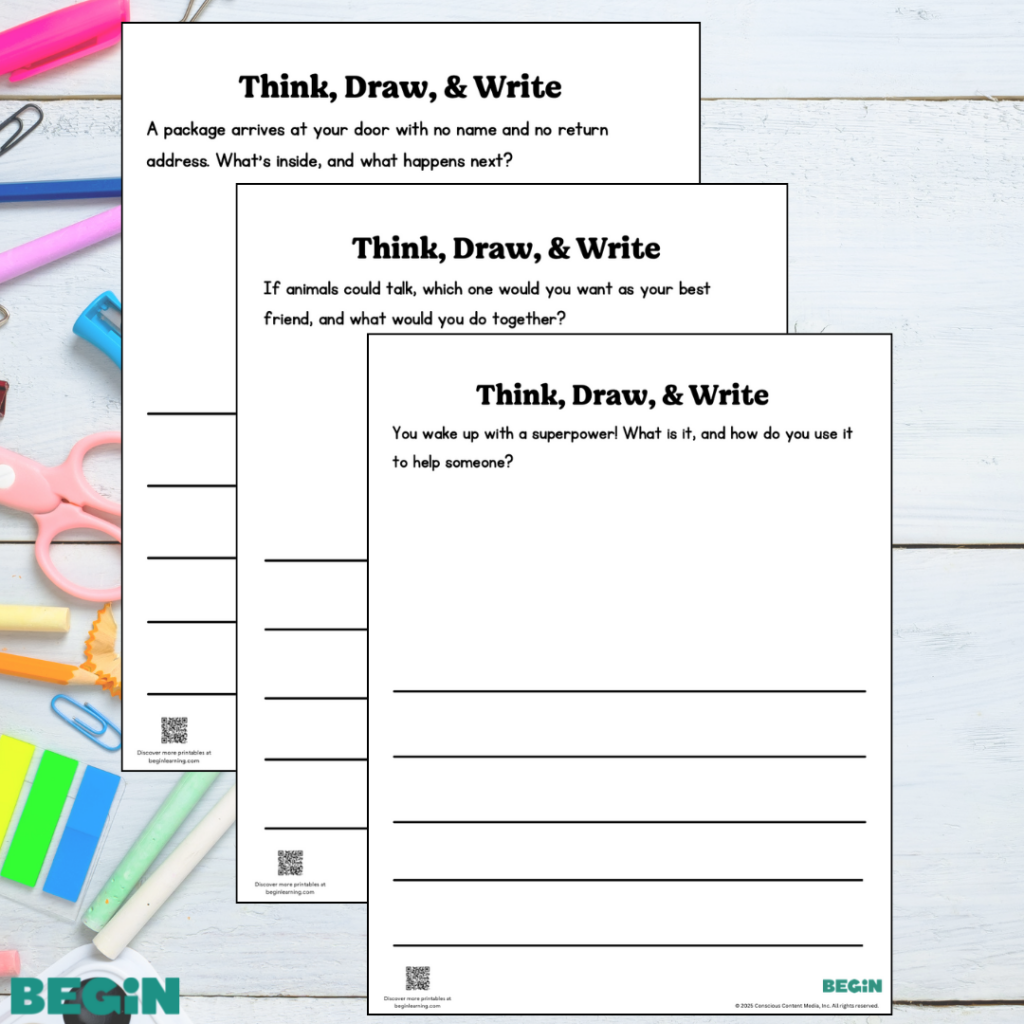As a good parent, you’re looking for all the tools and tricks to help your child learn to read. In your quest, you stumble upon something called “sight words” and wonder What are sight words? And will they help my child improve their reading skills?
In this article, we’ll tell you what sight words are and how to master them. We’ll also give you some tips to help reinforce the words your child has learned.
The Short Cut
- Sight words are high-frequency words that are hard to sound out or decode.
- Learning sight words will help your child become a stronger reader.
- Commonly used sight word lists include the Dolch Word List and the Fry Sight Word List. Words on these lists are clustered by age and grade and are normally taught between pre-K and third grade.
- When teaching sight words, it’s important to go slowly and use multisensory learning tools. You can also incorporate fun activities to reinforce the learning.
What Are Sight Words?
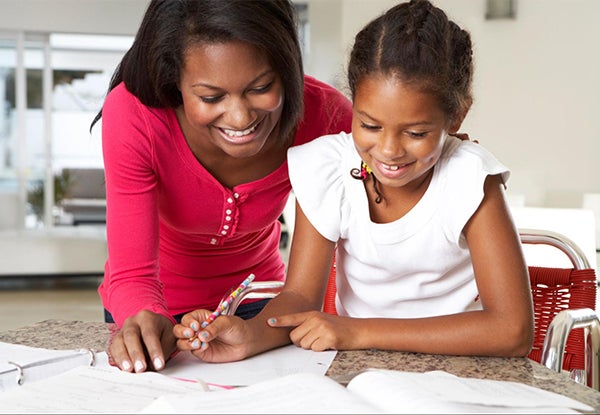
You may have heard the term “sight words” before but were unsure what it meant. Sight words are simply common or “high frequency” words that are hard to sound out because they don’t follow common spelling rules—like “the,” “it,” and “where,” for example.
Because these words appear so frequently in different texts, the idea is to help your child learn to recognize them by sight instead of having to spend time sounding them out.
The more sight words your child can recognize, the faster and easier reading will become!
Sight Word Lists
When someone asks, “What are sight words?” they’re normally given one of two lists in response: the Dolch Word List and the Fry Sight Word List.
Let’s take a look at each below.
Dolch Word List
The Dolch Word List, compiled by scholar Edward William Dolch, was first published in 1936. The list is comprised of 220 common service words (such as verbs, prepositions, and adjectives) and 95 frequently used nouns—all of which were chosen because they’re hard to decipher phonetically.
The Dolch list is quite popular with elementary schools. The words are divided into clusters appropriate to grade levels from pre-K to third grade.
Fry Sight Word List
The Fry Sight Word List, first developed by Dr. Edward Fry in 1957, lists 1,000 common words divided into 10 groups corresponding to a grade level. This list includes all parts of speech.
Whichever list you choose, the point is the same: to develop your child’s recognition and recall. Over time, your child will learn more and more sight words, which, in turn, will help with reading fluency.
When Do Children Learn Sight Words?

Most kids will start to learn sight words at about four or five years old. Of course, if they exhibit readiness earlier, it’s fine to teach them. But if they don’t, there’s no need to push it.
Schools will generally teach sight words every year until third grade, when children are expected to have mastered 300 or more of these words.
Not sure if your child is ready to dive into sight words? Here are a few things to consider.
Age
If your child is four or five years old, they may be ready to tackle sight words. But before you move forward, you want to assess some more precise readiness indicators—namely, their knowledge of letters and sounds.
Letter Knowledge
Before teaching sight words, your child should be proficient at identifying letter names and their sounds.
Phonemic Awareness
Your child should also be comfortable identifying and manipulating sounds in words, like rhyming and segmenting words into phonemes.
If your child is not quite ready for sight words yet, consider our Early Learning Kits from HOMER for more practice with letters, sounds, and other essential skills.
Strategies for Mastering Sight Words
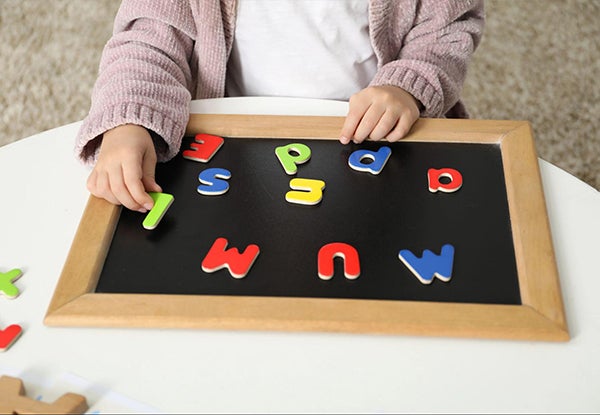
If you’ve decided your child is ready to dive into sight words, here are some teaching strategies to make it fun and fruitful for your child.
Start with a Small List of Sight Words
You don’t want to overwhelm your child with too many words at once. Three to five words at a time should be manageable.
Keep repeating the words until they’ve got them. Once your child has mastered a word, you can switch it out with a new one.
Try Using Traditional Methods
To master sight words, start by using “orthographic mapping,” or matching phonemes (sounds) to graphemes (letters). It’s important that with every sight word you teach, your child can break it down into its individual sounds.
Although sight words buck the traditional spelling and are considered irregular, they often are partially phonetic even if the whole word isn’t. After your child has practiced the word’s letter-sound relationship, you can point out the irregular parts.This will help them recognize these rule-breaking words for their special sounds.
Be Intentional in Your Teaching
Be sure to teach in a structured way. Here are some ideas on how to present new words:
- Show the new word on a flashcard.
- Say the word and have your child repeat it.
- Spell the word and then say it again. Ask your child to do the same.
- Scramble the letters of the word and ask your child to unscramble them.
- Use the word in a sentence or two to give some context.
It’s important to keep in mind that your child will have to interact with a word about 12 times before it embeds in their memory.
Find Sight Words in Books

It’s helpful to show your child sight words in context while they’re learning them.
Open a book and ask your child to find the word they’re learning on a page. They’ll probably spot quite a few—these are high-frequency words, after all.
Use Multisensory Techniques
Even though you’re teaching sight words, you can use your child’s other senses as well!
Once they are introduced to the word, be sure to say it and use it in various contexts. Then get some shaving cream or frosting and encourage them to practice writing the word in it. They can even shape the word out of dough!
Engaging your child’s senses is a great way to make the word stick, because it helps their brain build new neural pathways through these fun and memorable experiences.
Point Out Similar Words
If your child has already mastered a word that shares a similar irregularity, point it out to them, as this will help your child associate the words and their pronunciation. For example, “the” is similar to “them,” “there,” and “these.”
Make It Fun
The most important thing is making sure your child is engaged and having fun learning their sight words. After all, this is hard work that has a big payoff in the end! Be sure to celebrate their efforts as much as possible.
Repeat Regularly
Teaching sight words isn’t something you only do during formal lessons—it’s something you can do at any time during the day. Keep flashcards handy in a drawer or your bag for practice.
Always look out for old and new sight words as you navigate your day, whether in the morning paper or on a sign at the park.
Sight Word Activities to Try
Now that you know what sight words are and how to teach them, it’s time to make practicing fun. Here are a few engaging activities to get you started.
Make Sight Word Music
Grab a bunch of instruments (or pots and pans will work, too). Write the sight words on sticky notes and place one on each instrument. Say a sight word to prompt your child to play that instrument. Switch up the order so they can create new tunes!
Play a Sight Word Ball Game
Get some colorful plastic balls, write a sight word on each, and give them to your child. Call out a word and challenge them to find the word and say it before throwing the ball to you.
Spell Words BINGO-Style
The goal of this game is to make the sight words into earworms. Sing a song to the tune of BINGO but with new lyrics.
It could go something like this: “There is a sight word that I love, and FOUR is its name-o. F-O-U-R, F-O-U-R, F-O-U-R, and four is my sight word.”
Try the HOMER App
Mix your at-home practice with technology-based reinforcement. The HOMER app by Begin has lots of games to help your child practice their new sight word skills. Our interactive games and activities are even personalized to your child’s reading level.
Forever a Reader

Now you know what sight words are and how important they are for your child’s learning journey. The more sight words they recognize, the easier it will be for them to achieve reading fluency. Be sure to teach intentionally, make it fun, and reinforce new words regularly.
Our HOMER app is an easy, fun way to help your child practice their words and develop their reading skills. It features a host of interactive stories and songs that are engaging and educational.
At Begin, we’re committed to growing your child’s reading skills and the confidence that comes with it!





